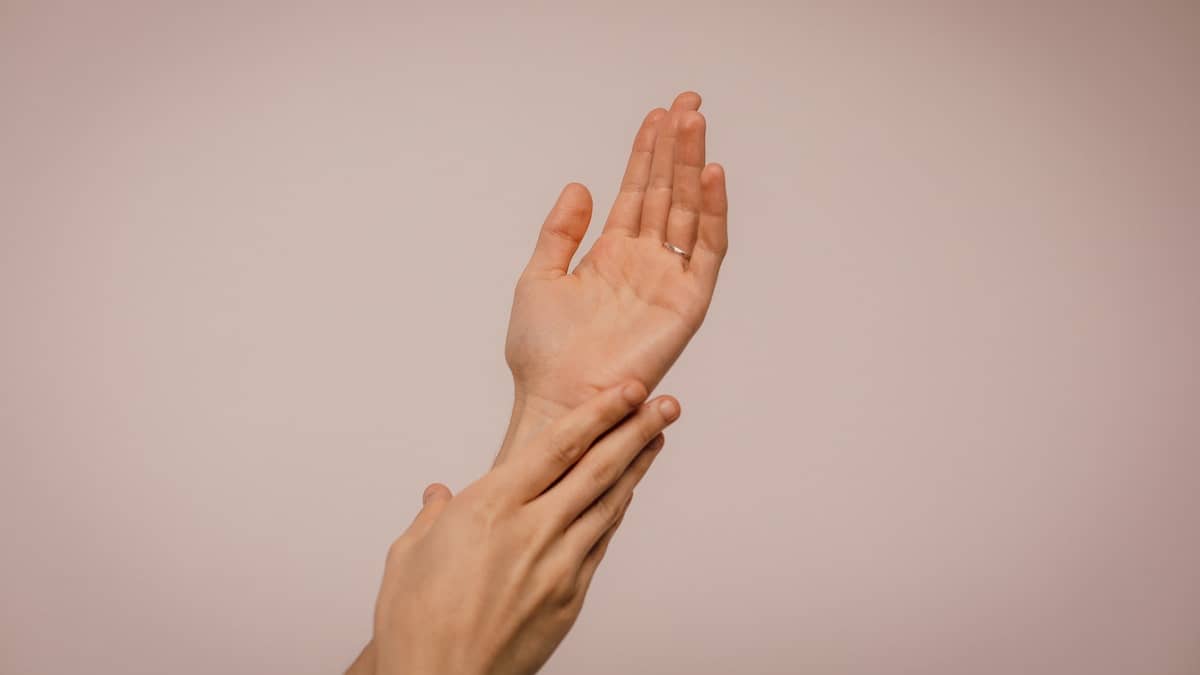Here is your complete guide to home remedies for fungal rashes.
Introduction to Home Remedies for Fungal Rashes
Fungal rashes can be irritating and uncomfortable, but the good news is that you don’t always need to rely on pharmaceutical treatments. Home remedies can provide effective relief and help speed up the healing process. In this article, we will explore the top 10 home remedies for fungal rashes and provide you with valuable insights on how to use them safely and effectively.
Understanding Home Remedies for Fungal Rashes
Before diving into the remedies, let’s first understand what fungal rashes are and what causes them. Fungal rashes are skin infections caused by fungal organisms. These infections typically thrive in warm, moist environments and can affect various areas of the body, such as the groin, feet, and armpits. Common types of fungal rashes include athlete’s foot, jock itch, and ringworm.
Spotting the symptoms of a fungal rash is crucial for timely treatment. Look out for redness, itching, peeling skin, and a distinct border around the affected area. If left untreated, fungal rashes can spread and lead to further discomfort.
Top 10 Home Remedies for Fungal Rashes
Garlic
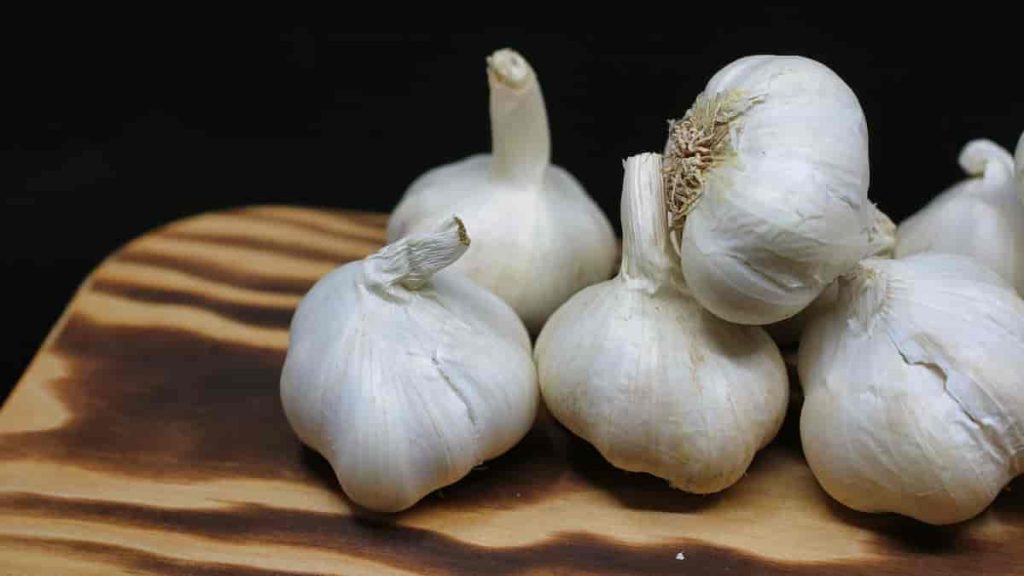
Garlic is a potent natural antifungal agent. Crush a few garlic cloves and apply the paste directly to the affected area. Leave it on for 20 minutes, then rinse off with warm water. Repeat this process twice daily for optimal results.
Tea Tree Oil
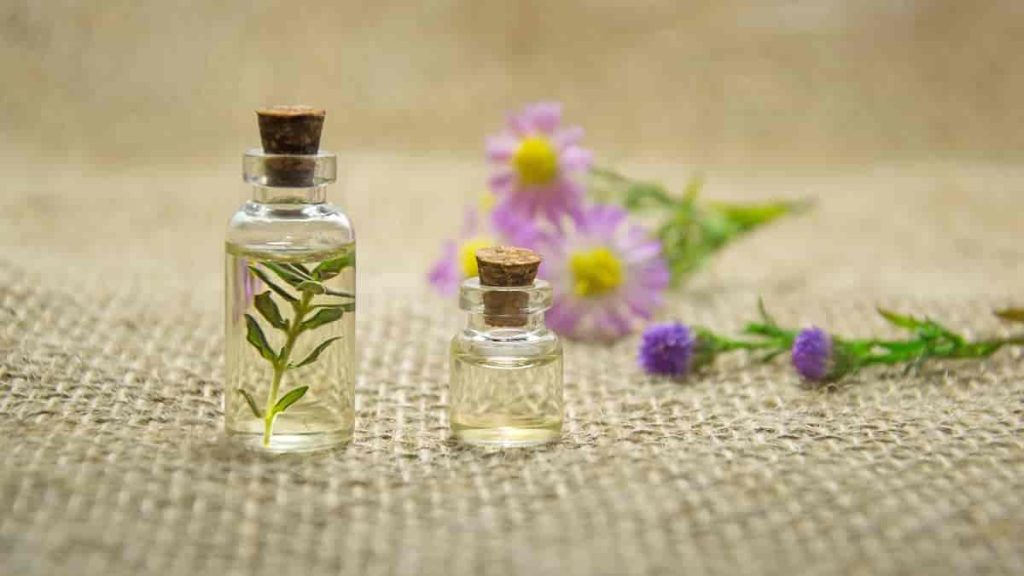
Renowned for its antifungal and anti-inflammatory properties, tea tree oil is a popular remedy for fungal rashes. Dilute a few drops of tea tree oil in a carrier oil, such as coconut oil, and apply it to the affected area using a cotton ball. Leave it on for 30 minutes before rinsing off. Repeat twice daily.
Apple Cider Vinegar: Home Remedies for Fungal Rashes
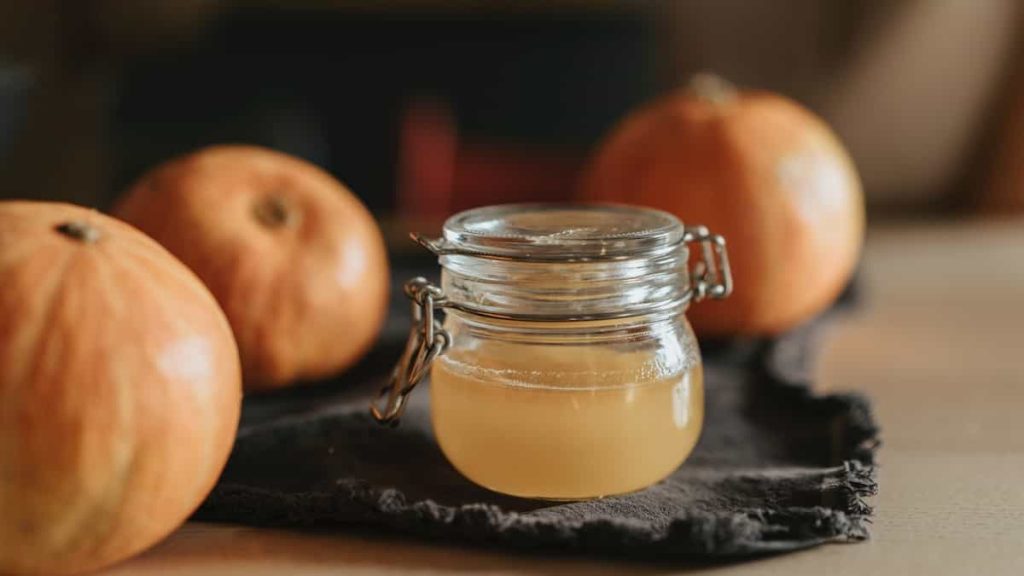
The acidity of apple cider vinegar helps create an unfavorable environment for fungal growth. Mix equal parts of apple cider vinegar and water and apply the solution to the affected area using a cotton ball. Leave it on for 15 minutes, then rinse off. Repeat twice daily, ensuring to moisturize afterward.
Coconut Oil: Home Remedies for Fungal Rashes

With its natural antifungal and moisturizing properties, coconut oil can effectively combat fungal rashes. Gently massage coconut oil onto the affected area several times a day. The oil will soothe the itching and promote healing.
Aloe Vera
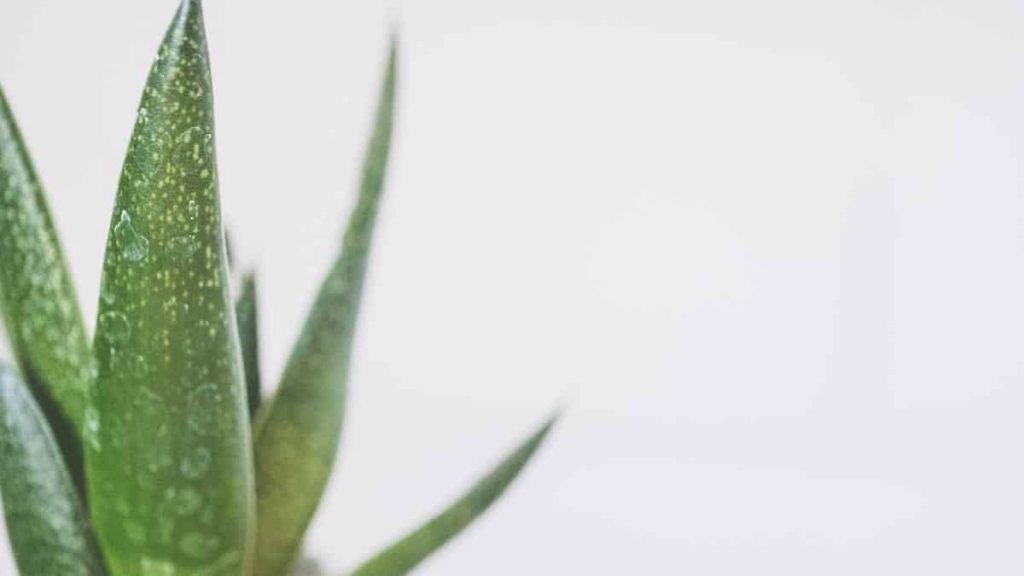
Aloe vera possesses anti-inflammatory and soothing effects, making it ideal for alleviating discomfort caused by fungal rashes. Apply aloe vera gel directly to the affected area and leave it on until it dries. Repeat three times a day for optimal results.
Oregano Oil
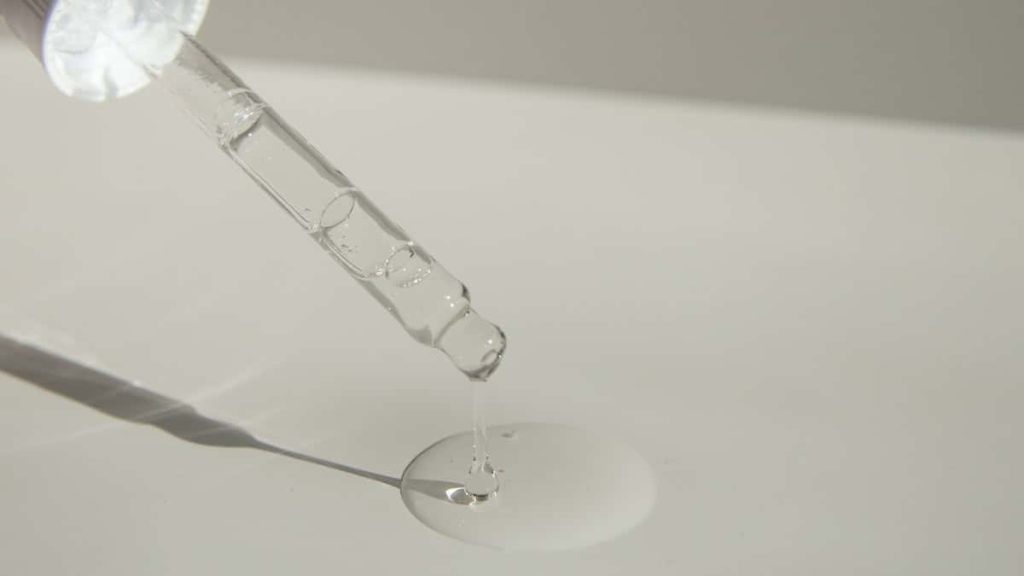
Oregano oil contains powerful antifungal and antimicrobial properties. Dilute a few drops of oregano oil in a carrier oil and apply it to the affected area. Leave it on for 30 minutes before rinsing off. Repeat twice daily, being cautious of skin sensitivity.
Baking Soda
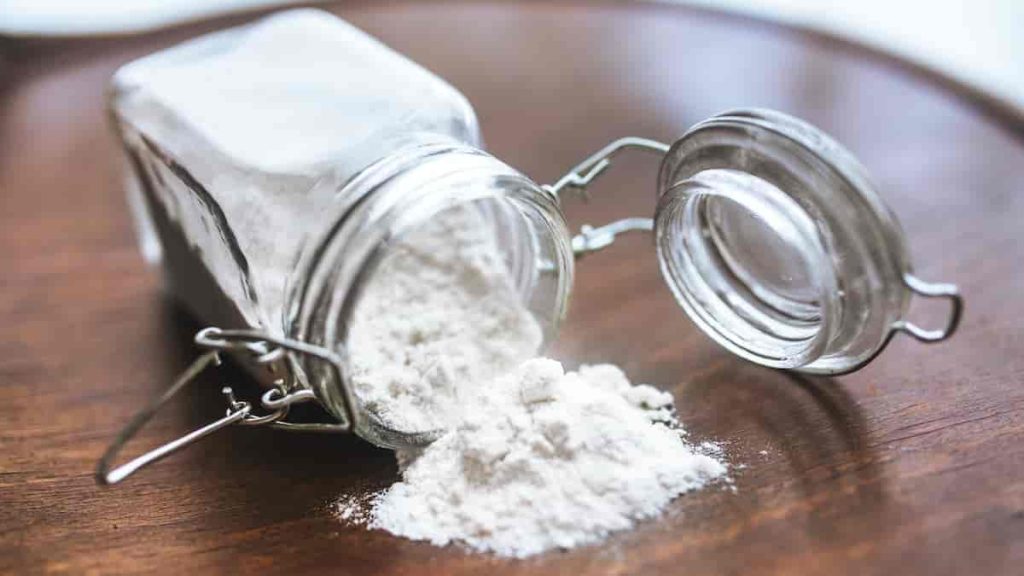
Baking soda acts as a natural fungicide and can help absorb moisture from the affected area. Create a paste by mixing baking soda with water and apply it to the rash. Leave it on for 10-15 minutes, then rinse off. Repeat twice daily.
Turmeric

Turmeric’s antifungal and anti-inflammatory properties make it an excellent natural remedy for fungal rashes. Create a paste by mixing turmeric powder with water and apply it to the affected area. Leave it on for 30 minutes, then rinse off. Repeat twice daily, taking care to avoid staining fabrics.
Yogurt

Yogurt contains probiotics that can help restore the balance of good bacteria on the skin. Apply plain yogurt directly to the affected area and leave it on for 30 minutes. Rinse off with lukewarm water. Repeat twice daily, considering lactose intolerance and skin sensitivity.
Calendula

Calendula possesses antifungal and wound-healing effects, making it an excellent remedy for fungal rashes. Apply calendula cream or ointment to the affected area three times a day. Avoid using calendula if you are allergic to daisies, marigolds, or other flowers in the Asteraceae family.
How to Use Home Remedies for Fungal Rashes
Below is a table summarizing the application methods for each home remedy mentioned in the article:
| Home Remedy | Application Method |
|---|---|
| Garlic | Crush a few garlic cloves and apply the paste to the rash. |
| Tea Tree Oil | Dilute a few drops in a carrier oil and apply using a cotton ball. |
| Apple Cider Vinegar | Mix equal parts with water and apply with a cotton ball. |
| Coconut Oil | Gently massage onto the affected area multiple times a day. |
| Aloe Vera | Apply aloe vera gel directly to the rash and leave it on until dry. |
| Oregano Oil | Dilute in a carrier oil and apply using a cotton ball. |
| Baking Soda | Create a paste with water and apply to the rash. |
| Turmeric | Mix turmeric powder with water to create a paste and apply. |
| Yogurt | Apply plain yogurt directly to the rash and leave it on for 30 minutes. |
| Calendula | Apply calendula cream or ointment to the rash three times a day. |
Remember to follow the specific instructions provided in the article for each home remedy.
Additional Tips for Managing Home Remedies for Fungal Rashes
Alongside these home remedies, implementing the following tips can help manage and prevent fungal rashes:
- Maintain proper hygiene and cleanliness in the affected area.
- Opt for loose-fitting clothes and breathable fabrics to reduce moisture and friction.
- Avoid triggers and irritants that may exacerbate the rash, such as certain soaps or detergents.
- Adopt a healthy diet and lifestyle, as a strong immune system can aid in fighting off fungal infections.
- If the rash persists or worsens despite home remedies, it is crucial to consult a healthcare professional for further evaluation and treatment.
Frequently Asked Questions (FAQs) about Home Remedies for Fungal Rashes
Can fungal rashes be contagious?
Fungal rashes can indeed be contagious, especially through direct contact or sharing personal items like towels or clothing. It’s important to practice good hygiene and avoid close contact with others to prevent spreading the infection.
Are home remedies effective for fungal rash treatment?
Home remedies can be effective for mild to moderate cases of fungal rashes. However, if the rash is severe or persists for an extended period, it’s advisable to seek medical attention for a proper diagnosis and targeted treatment.
How long does it take for home remedies to work?
The time it takes for home remedies to work may vary depending on the individual and the severity of the fungal rash. Generally, consistent application of home remedies for at least a week should show noticeable improvement.
Are there any natural remedies that can be harmful?
While natural remedies are generally safe, it’s important to be aware of potential allergic reactions or skin sensitivities. Always perform a patch test before applying any new remedy and discontinue use if you experience any adverse effects.
When should I consult a healthcare professional?
If your fungal rash is severe, doesn’t improve with home remedies, or is accompanied by other concerning symptoms, such as fever or spreading redness, it is crucial to consult a healthcare professional for a proper evaluation and guidance.
Read More About Do Saunas Help to Lose Weight?
How do you get rid of a fungal rash fast?
To get rid of a fungal rash quickly, you can follow these steps:
- Keep the affected area clean and dry: Cleanse the area with mild soap and water, ensuring it is thoroughly dry before applying any remedies or medications.
- Apply an antifungal cream or ointment: Over-the-counter antifungal creams containing ingredients like clotrimazole or miconazole can be effective in treating fungal rashes. Follow the instructions on the package and apply the cream to the affected area as directed.
- Use home remedies: Natural remedies such as tea tree oil, apple cider vinegar, or coconut oil can help soothe the rash and inhibit fungal growth. Apply these remedies topically to the affected area, following the instructions provided in the article.
- Keep the area well-ventilated: Opt for loose-fitting clothes and breathable fabrics to allow air circulation and prevent excess moisture buildup.
- Avoid scratching: Scratching can further irritate the rash and potentially spread the infection. Try to resist the urge to scratch and keep your nails short to minimize damage to the skin.
Remember, it’s essential to be consistent with your treatment and follow the recommendations provided. If the rash persists or worsens, consult a healthcare professional for further evaluation and guidance.
Read More About The Amazing Benefits of Avocado Oil.
What is the best natural antifungal?
When it comes to natural antifungal remedies, one of the most effective options is tea tree oil. Tea tree oil contains terpenes, which have powerful antifungal properties. It can help inhibit the growth of fungi and alleviate symptoms associated with fungal infections. Dilute a few drops of tea tree oil in a carrier oil, such as coconut oil, and apply it directly to the affected area. Make sure to perform a patch test first to check for any adverse reactions. However, it’s important to note that individual responses may vary, and what works for one person may not work for another. If you have concerns or your condition worsens, consult a healthcare professional for further advice.
Read More About Are Brazil Nuts Good for You?
Is vinegar good for fungal rash?
Yes, vinegar, particularly apple cider vinegar, can be beneficial for treating fungal rashes. Apple cider vinegar has antifungal properties and can help create an unfavorable environment for fungal growth. To use vinegar for a fungal rash, mix equal parts of apple cider vinegar and water. Apply this solution to the affected area using a cotton ball. Leave it on for 15 minutes, then rinse off with water. Repeat this process twice daily, ensuring to moisturize the skin afterward to prevent dryness. However, if you experience any skin irritation or discomfort, discontinue use and consult a healthcare professional.
Read More About The Most Compatible Zodiac Signs.
Is Vaseline good for fungal infection?
While Vaseline (petroleum jelly) can help soothe dry skin and provide a protective barrier, it is not specifically designed to treat fungal infections. Fungal infections require antifungal treatments to address the underlying cause. Vaseline may help alleviate dryness and prevent further irritation in the affected area, but it will not actively treat the fungal infection. It is advisable to use antifungal creams or ointments specifically formulated to combat fungal infections. If you suspect a fungal infection, consult a healthcare professional for proper diagnosis and appropriate treatment options.
Read More About Carrots for Weight Loss.
Conclusion
Fungal rashes can be effectively treated with natural remedies, offering relief and promoting healing. Incorporate these home remedies for fungal rashes into your self-care routine, but remember to consult a healthcare professional if your condition persists or worsens. With patience and consistent care, you can regain healthy, rash-free skin and enjoy optimal comfort once again.
Read More About The Powerful Benefits of Turmeric with Milk.

